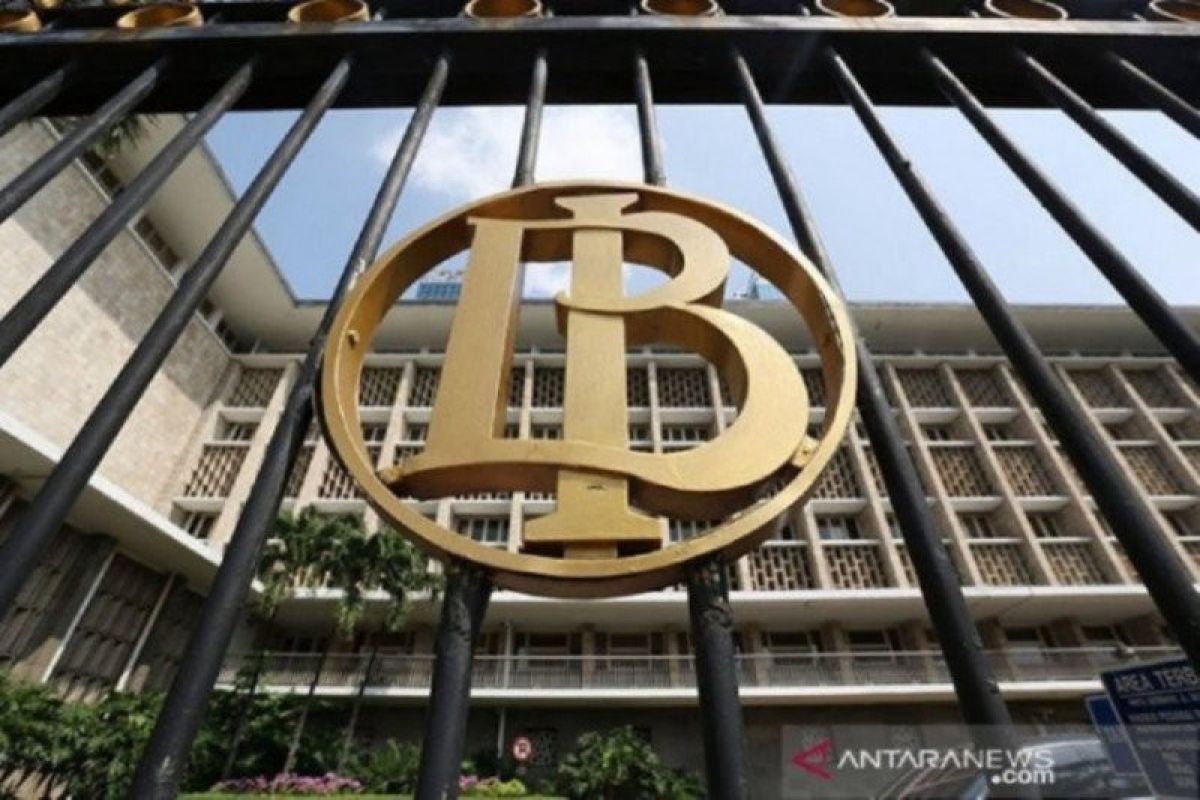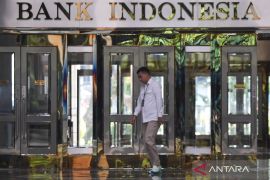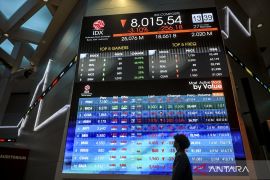"Indonesia's external debt at the end of the fourth quarter of 2020 grew by 3.5 percent (yoy), down from the previous quarter's growth of 3.9 percent," BI noted in a written statement here, Monday.
According to Indonesia's central bank, BI, Indonesia's external debt growth slowed primarily owing to the slowdown in private external debt growth.
In the Q4 of 2020, the government's external debt was recorded at US$206.4 billion, or grew 3.3 percent on an annual basis or yoy, higher than 1.6 percent yoy during the third quarter of 2020.
The government's external debt was managed in a careful, credible, and accountable manner to support priority spending, which included in health services and social activities, constituting 23.9 percent of the government's total external debt.
This was followed by the construction field, 16.7 percent; education services, 16.7 percent; government administration, defense, and compulsory social security fields, 11.9 percent; as well as financial services and insurance field, 11.1 percent.
Related news: Realization of debt financing in 2020 at Rp1,226.8 trillion
Meanwhile, the private sector's external debt at the end of Q4 of 2020 was recorded at 3.8 percent yoy, lower than the previous-quarter growth of 6.2 percent yoy.
Sector-wise, the largest external debt, with a share of 77.1 percent of the total private external debt came from financial services and insurance, the provision of electricity, gas, steam / hot and cold air, processing industry, and mining and quarrying.
BI stated that the structure of Indonesia's external debt remained healthy, supported by the application of prudential principles in its management. The sound structure of external debt was mirrored in Indonesia's external debt to the gross domestic product (GDP) ratio at the end of Q4 of 2020 that was maintained at around 39.4 percent, albeit increasing in comparison with the ratio in the previous quarter of 38.1 percent.
Furthermore, the large share of long-term external debt, reaching 89.1 percent of the total external debt, made Indonesia's external debt structure healthy.
In order to maintain a healthy external debt structure, BI and the government will continue to intensify coordination in monitoring the development of external debt, supported by the application of prudential principles in its management. Related news: G20 approve debt relief extension till mid-2021: Sri Mulyani
Translator: Dewa Ketut SW, Fardah
Editor: Rahmad Nasution
Copyright © ANTARA 2021












